It's Not Michael
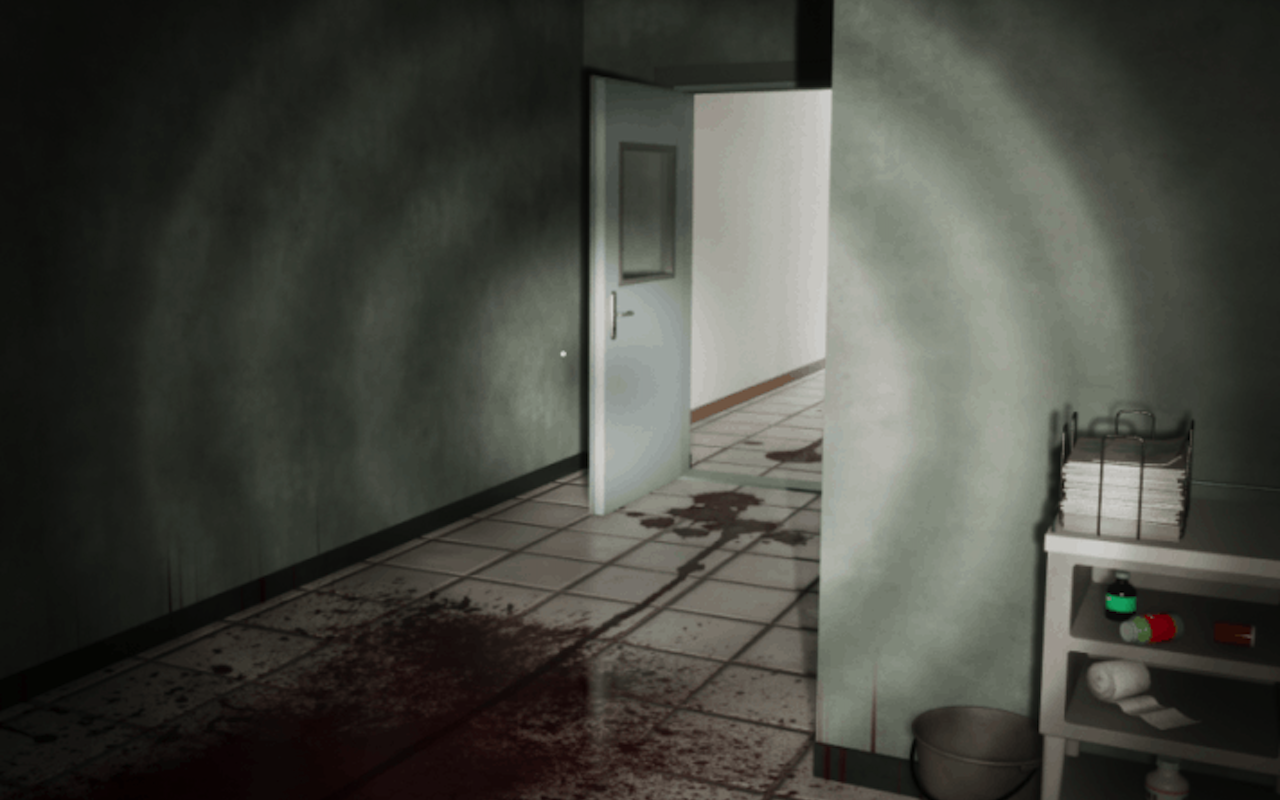
Learnt the fundamentals of level design by creating a horror game, which heavily relies on evoking the right emotions.
Project Goals
- Plan and design a level layout to enhance the gameplay, given the strict requirements
- Use framing and composition to present the level and guide the player
- World-building, narrative and implicit storytelling elements;
- Production steps involved in designing and creating a game level.
Core Challenges
- Setting the story: Can players understand the story and their objective when they start playing the game?
- Evoking fear: How to engage the player with tension and paranoia?
- Guided Maze: Can all players navigate through a “maze” experience without getting lost or frustrated?
Solutions
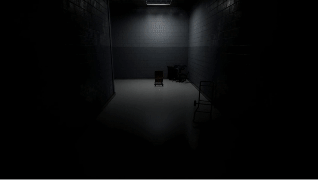 |
| 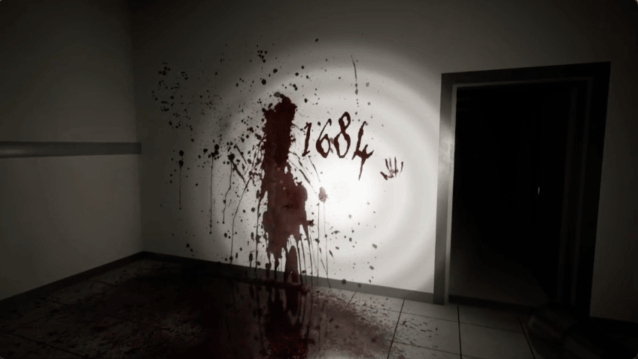 |
|  ---|---|--- Onboarding section: Start the game with a simple yet effective cutscene,
and collectible items that shed hints about the story | Slow-burn rising action:
As players explore, include more events and cues based on every action they take,
suggesting an unknown presence. | The illusion of non-linearity: 1) Make a primary
critical path that never allows backtracking naturally. 2) Keep the maze small yet
highly explorable. 3) Orient players with landmarks and signs
---|---|--- Onboarding section: Start the game with a simple yet effective cutscene,
and collectible items that shed hints about the story | Slow-burn rising action:
As players explore, include more events and cues based on every action they take,
suggesting an unknown presence. | The illusion of non-linearity: 1) Make a primary
critical path that never allows backtracking naturally. 2) Keep the maze small yet
highly explorable. 3) Orient players with landmarks and signs
How players are guided
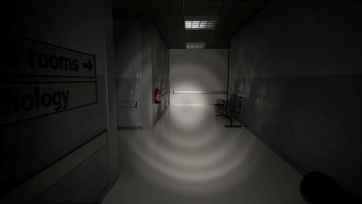 |
| 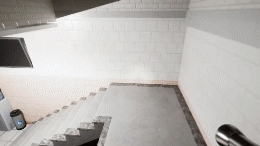 |
| 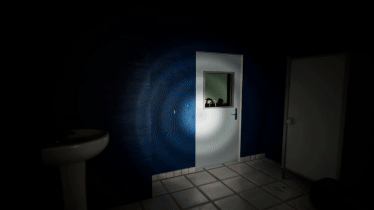 ---|---|--- Lighting heavily encourages players to favour certain routes, and
changes when obtaining the flashlight | Audio lines and spatial sound serves
as a progression through the maze | Locking doors, keys, and physical barriers
determines how the player navigate through the level
---|---|--- Lighting heavily encourages players to favour certain routes, and
changes when obtaining the flashlight | Audio lines and spatial sound serves
as a progression through the maze | Locking doors, keys, and physical barriers
determines how the player navigate through the level
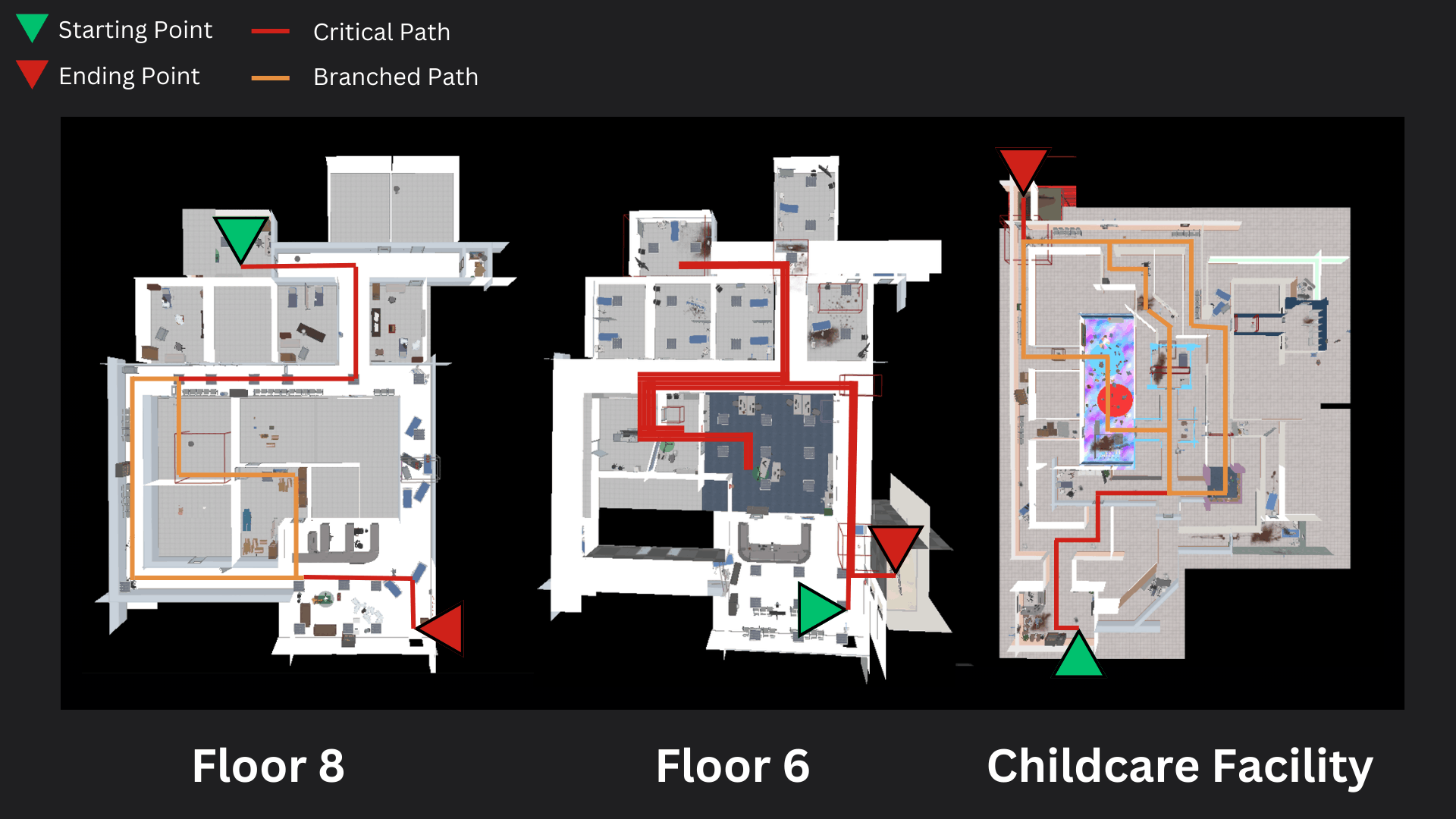
Using Blueprints to create events
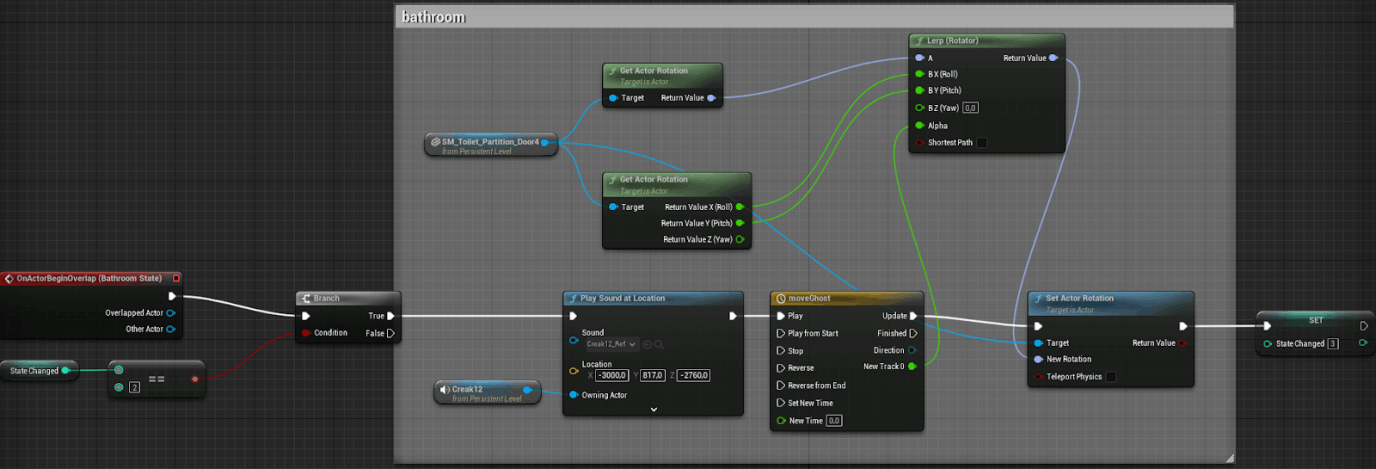
For this specific example: 1. Trigger when the player enters a box collider 2. Checks information about current game state 3. If true, Play Sound and Timeline of an object changing rotation through time 4. Confirm event completion by changing game state
What I've Learnt
- Tools: Lighting, audio and physical barriers are good methods to guide the players through a level
- Set Dressing: Effective set dress doesn’t use too much that confuses the players, nor too little to keep the players immersed.
- For an emotionally evoking genre such as horror:
- Set dressing and audio matters and cannot be fully realized in whitebox
- Each experience is different, some people are more sensitive to jumpscares or cues than others
- The playtesting environment heavily affects the player’s experience and feelings